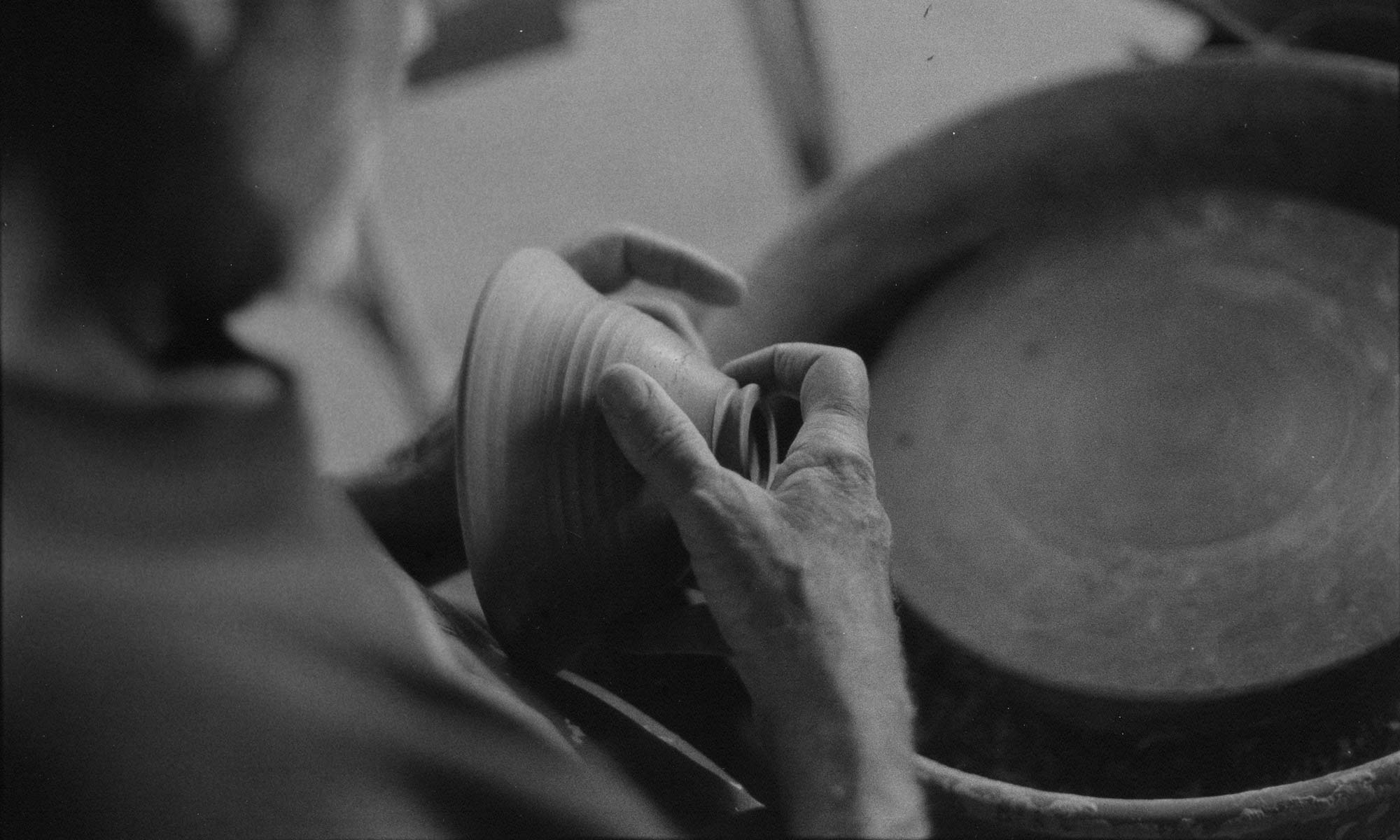An Empty Bowls’ event in a college setting to promote long term solutions to hunger
Over the years what I have seen and experienced is the simple magic of an Empty Bowls’ event — gifts of art, food, and fellowship that bind a community together to help take care of each other.
I wondered — How can we add to that? And I thought about the college setting, in which we have a food shelf that addresses the immediate need of student hunger on campus, a ceramics program, an academic penchant that looks for long term solutions to problems, and in most cases — land for gardens.
K to College — the birth of the idea
In 2017 I read an article in one of the University alumni magazines about a School of Public Health graduate student, Rebecca Leighton, who had learned that a little over 27% of the students at the U of MN Twin Cities campus were either hungry (10.2%), or were worried that they’d run out of food before having enough money to buy more (17.5%). It came from the 2015 student health survey.* When Rebecca read the survey, she immediately set about getting money from the student council to buy vegetables — to give away. When she graduated shortly afterwards, Boynton Health Center hired her and gave her a budget to create and run a campus food shelf.
When I met her to tell her about the idea of Empty Bowls, as a way to support the U’s food shelf, she liked it. And she helped me take a next step that I hadn’t thought about. She suggested I speak with one of her professors from the School of Public Health, who listened to the idea of Empty Bowls and then told me that academicians focus on long-term solutions.
That made me think — what about the idea of an Empty Bowls’ class in the ceramics department. So I reached out to another important partner, Krista Marino, art teacher at Edison High and organizer of the Empty Bowls NE, who worked with me to put together (with the help of her mother-in- law, Professor Marino in the School of Pharmacy) a syllabus for an Empty Bowls’ Class.
So, through the class, the students themselves would organize and execute the Empty Bowls’ event to help take care of their fellow students who are hungry, and in the process they would learn about community organization, how to make pots, what role art can play in creating community and bringing about social change, and finally, the long-term solutions to hunger.
In this way, a new generation — the next generation — would take on the mantle of doing for others — both now and in the future.
*The most recent 2018 survey has somewhat higher numbers, about 29% total, with 11.7% of the students hungry and 17.4% worried that they’ll run out of food before they have enough money to buy more.

